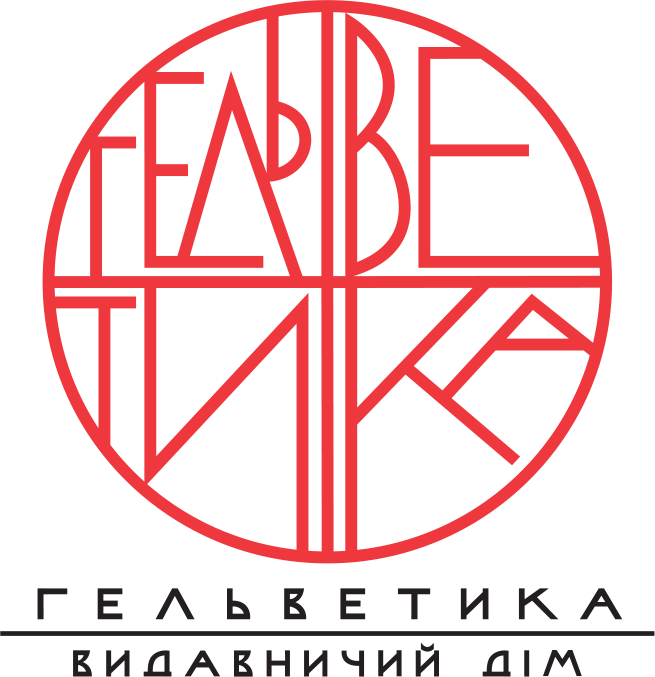PREDECESSORS AND LEADERS OF THE POSTMODERNIST MOVEMENT (R. VENTURI, C. JENKS, R. BOFILL, M. GRAVES, ETC.)
DOI:
https://doi.org/10.32782/uad.2025.3.10Keywords:
postmodernism, tradition, architectural theory, semantics, syntax, order systemAbstract
The purpose of the article is the concepts of the leading masters of the postmodern movement. The article focuses on the study of the formation of postmodernism, which is associated with the work of a new generation of American architects of the late 1960s–1970s. The leaders of the postmodern movement opened the way for new creative searches and methods. A characteristic feature of the architecture of postmodernism of the last third of the twentieth century was the emergence of new imagery, a variety of authorial techniques and styles, and the search for new compositions, forms, and spatial solutions. Despite the difference in interpretations, the basis of creativity was the dialogical artistic method, which originated in the late 1960s–70s, which allowed finding new expressive means of returning the qualities of metaphor and symbolism to architecture. Postmodernist architects created numerous projects in modern architecture, which was enriched with historical associations and new methods of thinking, such as polylogue and dialogue.The article shows that the emergence of new views and concepts in the field of architecture in the 1960s–1970s was not a local transformation in the profession, but took place against the background of global changes in the general cultural situation and a cognitive turn in science, which created a new general methodological basis for ideas.The method of historical-genetic research allowed us to study it in two main states: evolutionary (diachrony) and structural (synchrony). This method of research will allow us to build a systemic understanding of the architecture of postmodernism and compare its parameters at different stages of evolution. And compositional and semiotic analysis will allow us to identify changes in semantics, methods and techniques in the works of American and European architects.It is shown that, depending on personal preferences, different architects in their theoretical works and creative practice relate the area of expression (composition) and the area of content (conventional set of meanings) in different ways.It is determined that the systematic consideration of architectural practice of the 60s–70s of the twentieth century through the prism of structural linguistics and semiotics, conducted by C. Jenks, gave impetus to its understanding as a holistic phenomenon of culture, but did not become a universal methodological basis for building a general architectural theory and practice of postmodernism.
References
Jencks C. Iconic Buildings: The Power of Enigma. London: Frances Lincoln, 2005. P. 192.
Jencks C. Critical Modernism. Where is Post-modernism Going. Chichester : John Wiley & Sons Ltd, 2007. P. 240.
Stern R., Davidson C. Architecture on the Edge of Postmodernism : Collected Essays, 1964-1988. New Haven.: Yale University Press, 2009. Р. 216
Krier L. The Architecture of Community. Washington : Island Press, 2009. Р. 459.
Venturi R. Complexity and contradictions in architecture. New York : Museum of Modern Art, 1966. Р. 136.
Черкес Б.С., Лінда С.М. Архітектура сучасності. Остання третина ХХ-початок ХХІ століть. Львів : Видавництво Львівської політехніки, 2010. С. 380
Новак Н. В. Інтерпретації ордерної мови в архітектурі постмодернізму : дис. … кандидата архітітектури : 18.00.01. Харків, 2019. 273 с.
Ricardo Bofill: Visions of Architecture, editors Gestalten, Ricardo Bofill, Pablo Bofill, Berlin: Die Gestalten Verlag, 2019. P. 300.
Ремізова О. І., Новак Н. В. Семантика ордерної мови в архітектурі постмодернізму другої половини ХХ – початку ХХІ століття. Науковий вісник будівництва, ХНУБА. 2019, т. 98, № 4, С. 137–147. URL: https://vestnik-construction.com.ua/images/pdf/4_98_2019/23.pdf




